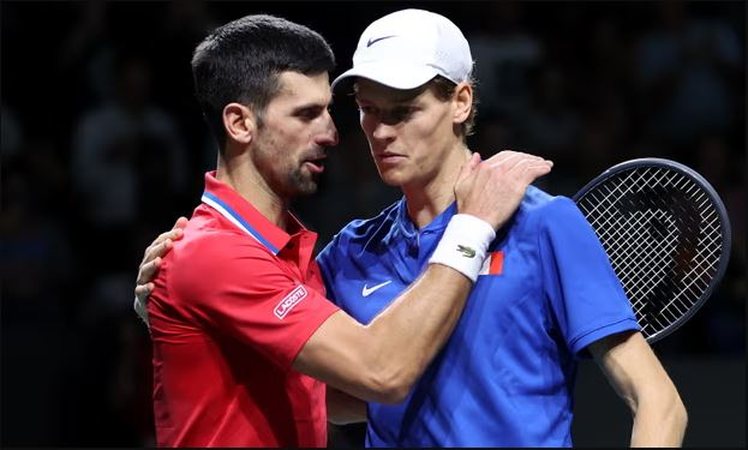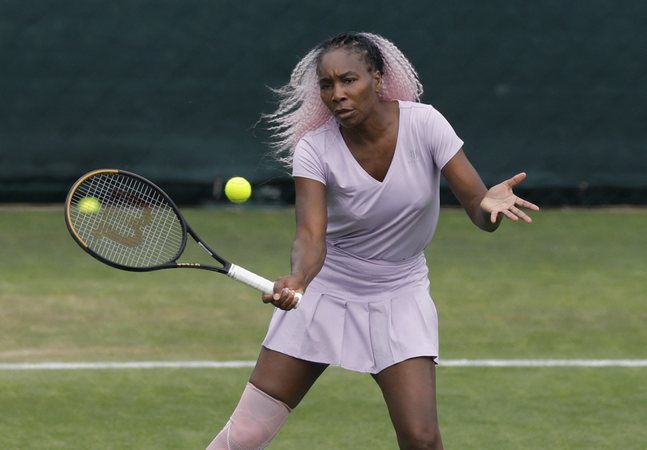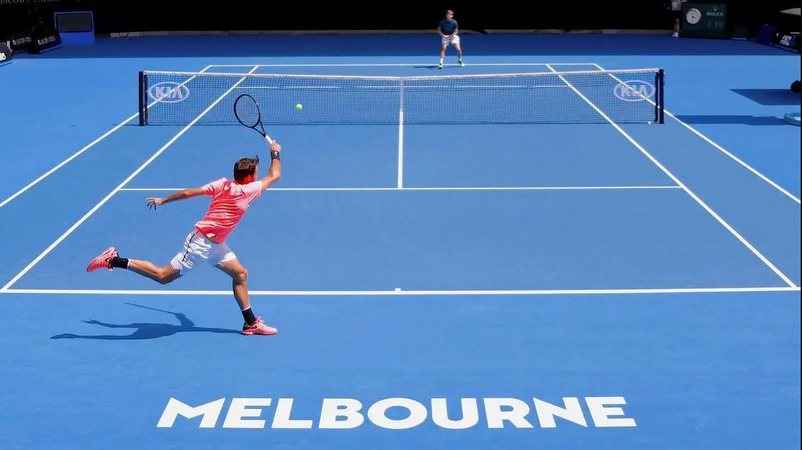
The day before, Italy returned to the Davis Cup final after 25 years, as Jannik Sinner defeated Novak Djokovic to secure a 2-1 victory over Serbia.
But if you love tennis, or follow tournaments like the Australian Open, Roland Garros, Wimbledon and Davis Cup, here are five curiosities about the game of tennis that you probably didn't know.

How long can a tennis match last?
Tennis, like other sports, has no time limits. To win a match, a player must win a certain number of sets, regardless of how long it takes. Most tennis matches last two to three hours. Few matches extend beyond that, especially since 1973, when the international federation introduced the tie rule. But there are exceptions.
In any case, the longest match in tennis history is the one played at Wimbledon on June 24, 2010 between John Isner and Nicolas Mahut. The first won after 11 hours and five minutes of play, divided into three days.

Why are tennis balls "fluffy"?
The push allows better control of the shot by the player. If it were not there, the ball would shoot away uncontrollably, while thanks to it, the strings of the racket catch the ball for a moment, compressing it and allowing the tennis player to make the desired shot.
The second function of fluff is to increase the air resistance of the ball, reducing its speed and reducing its bounce. In fact, when balls coated without fluff are used, they tend to slide on the court surface when bouncing. During the production phase, the fluff rises from the part covering the rubber core, thanks to powerful steam currents.

Why do players stare at the ball for a long time in tennis before hitting?
To choose which one is the best to use from those available, it is the newest ball. In professional tennis matches, after 7 games from the start of the match and every 9 games from the first change onwards, the players serve with new balls, and whoever is serving usually warns the opponent by raising his hand, clenching the ball with his fist new.
These changes are expected because, bouncing and being hit hard by rockets and the ground, the balls explode rapidly, becoming lighter and changing the bounce characteristics. As they lose weight, many tennis players take advantage of the return of the court (scheduled every two matches) to change their racket, not because shots loosen the string tension, but to choose a tool whose strings are more calibrated, commensurate with the level of wear achieved by the balls in use at the time.

What are the plastic parts that tennis players apply to their rackets for?
So-called dampeners are small pin-like pieces of plastic that many tennis players place on the strings of their rackets closest to the handle in order to dampen the vibrations caused by hitting the ball. Known as rubbers, they are very useful for wrist, elbow and arm protection, especially for those tennis players who base their game on power. Some more technical athletes, including Roger Federer, believe that with shock absorbers you lose sensitivity in the shot, so they prefer not to use them.
Until the 1990s, the current function of the rubber bushings was entrusted to ordinary elastic bands that held the strings under tension, absorbing some of the vibrations, while more recently, some manufacturers have released rackets with "series anti-vibrators" on the market. , i.e. inserting rubbers at the base of the central vertical chords.
Why are tennis courts made of red clay?
The traditional red clay of the tennis courts in which some of the most important tournaments in the world are played, such as Roland Garros, is obtained from the waste derived from the production of bricks used in construction. The finer the material is shredded, the better the cover is.
In addition to red clay, some tours in the United States use a special green clay (called Hawaiian) which is obtained by chipping basalt. Then there was the blue clay, artificially colored for sponsorship and television reasons and tested at the 2012 Madrid tournament. An experiment which was not repeated because this clay was deemed too slippery and dangerous for the athletes. Finally, there are brown, yellow or gray clay courts, but not all of these types are used at the professional level. (A2 Televizion)















